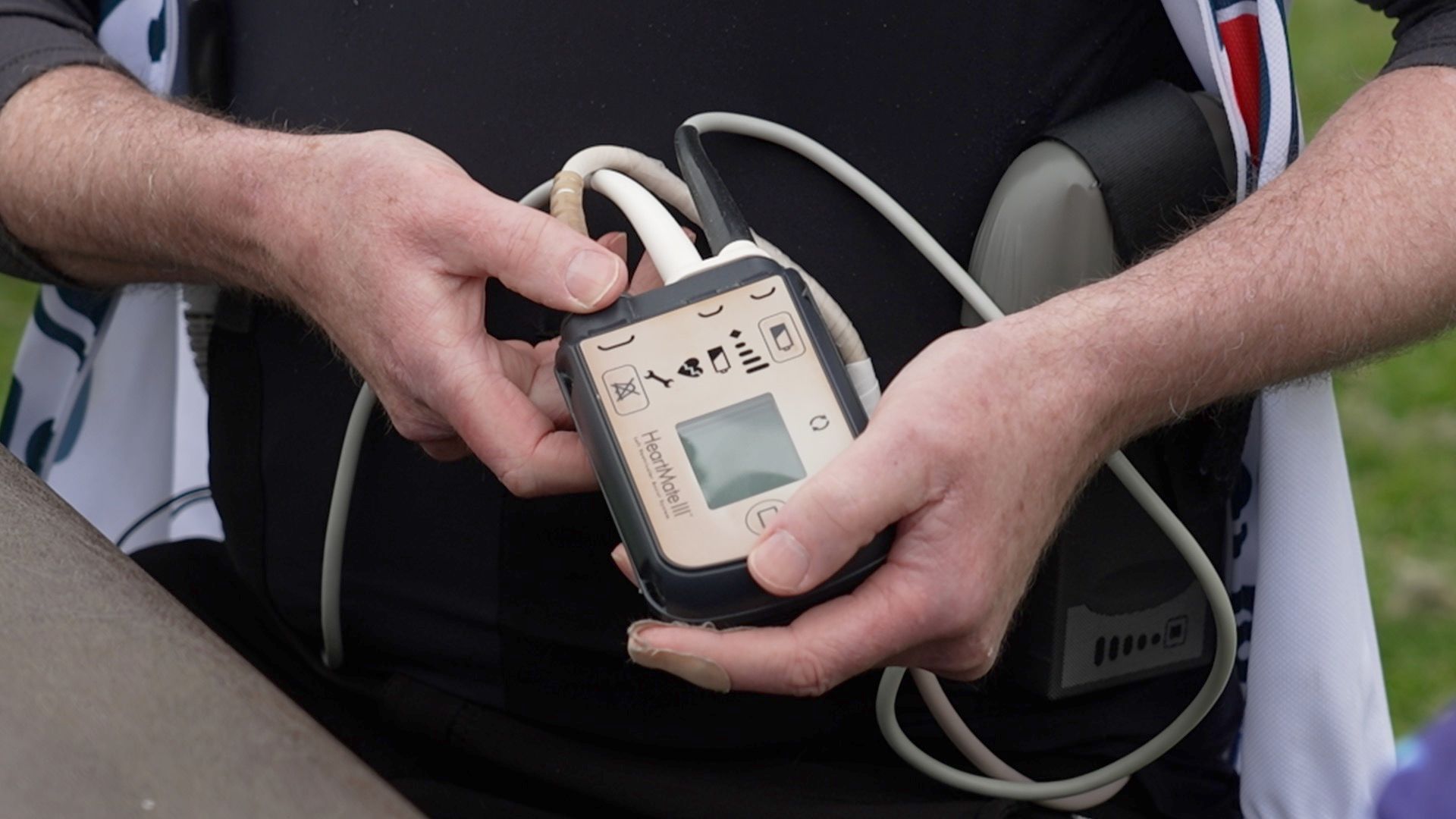
What is a Ventricular Assist Device (VAD)? A Ventricular Assist Device (VAD) is a mechanical pump that supports heart function and blood flow in individuals with weakened hearts. It's often used for patients awaiting a heart transplant or those who aren't candidates for one. VADs can be implanted in either the left, right, or both ventricles of the heart. These devices help maintain the pumping ability of a heart that can't effectively work on its own. They come in various types, including continuous-flow and pulsatile-flow devices. VADs have significantly improved the quality of life and survival rates for many heart failure patients.
What is a Ventricular Assist Device (VAD)?
A Ventricular Assist Device (VAD) is a mechanical pump used to support heart function and blood flow in people with weakened hearts. These devices are often used for patients awaiting a heart transplant or those who are not eligible for one. Here are some fascinating facts about VADs.
- The first successful VAD implantation occurred in 1966.
- VADs can be used for both short-term and long-term support.
- They are typically implanted in patients with severe heart failure.
- VADs can support the left, right, or both ventricles of the heart.
- The most common type of VAD is the Left Ventricular Assist Device (LVAD).
How Does a VAD Work?
Understanding the mechanics behind a VAD can help appreciate its life-saving capabilities. These devices work by taking over the pumping function of the heart, ensuring blood circulates effectively throughout the body.
- VADs are powered by an external battery pack.
- They have a small tube that carries blood from the heart to the device.
- The device then pumps the blood back into the aorta, the main artery.
- Some VADs are designed to be completely internal, while others have external components.
- The device is controlled by a small computer that monitors heart function.
Types of VADs
Different types of VADs are designed to meet various medical needs. Knowing the types can help understand their specific applications.
- LVADs support the left ventricle, the heart's main pumping chamber.
- Right Ventricular Assist Devices (RVADs) support the right ventricle.
- Bi-Ventricular Assist Devices (BiVADs) support both ventricles.
- Some VADs are designed for temporary use, such as during or after surgery.
- Others are intended for long-term use, often as a bridge to heart transplantation.
Benefits of VADs
VADs offer numerous benefits, especially for patients with severe heart conditions. These advantages can significantly improve quality of life.
- VADs can extend the life expectancy of heart failure patients.
- They improve the quality of life by reducing symptoms like shortness of breath and fatigue.
- VADs can help patients become more active and independent.
- They can serve as a bridge to heart transplantation, keeping patients stable until a donor heart is available.
- In some cases, VADs can be used as a destination therapy, meaning they are the final treatment option.
Risks and Complications
While VADs are life-saving, they come with potential risks and complications. Being aware of these can help in making informed decisions.
- Infection is a common risk due to the external components.
- Blood clots can form in the device, leading to stroke or other complications.
- Bleeding can occur, especially in the gastrointestinal tract.
- Device malfunction is a rare but serious risk.
- Patients need to take blood-thinning medications to prevent clots.
Living with a VAD
Life with a VAD requires adjustments, but many patients adapt well. Understanding what to expect can make the transition smoother.
- Patients need to carry a backup battery and controller at all times.
- Regular follow-up appointments are essential for monitoring the device.
- Physical activity is encouraged but should be discussed with a healthcare provider.
- Emotional and psychological support is crucial for patients and their families.
VADs are remarkable devices that have transformed the lives of many heart failure patients. From their intricate mechanics to the profound impact on quality of life, these devices represent a significant advancement in medical technology.
The Heart of the Matter
Ventricular assist devices (VADs) are game-changers in heart failure treatment. These mechanical pumps help the heart circulate blood, offering a lifeline to those with severe heart conditions. VADs can be temporary, supporting patients until a heart transplant, or long-term, providing a permanent solution for those not eligible for transplants.
Understanding VADs involves knowing their types, functions, and potential complications. From bridge-to-transplant to destination therapy, each type serves a unique purpose. While VADs significantly improve quality of life, they come with risks like infection and blood clots. Regular check-ups and proper care are crucial for managing these risks.
In essence, VADs offer hope and a better quality of life for many heart failure patients. Staying informed about their benefits and challenges ensures patients and caregivers can make the best decisions for their health.
Was this page helpful?
Our commitment to delivering trustworthy and engaging content is at the heart of what we do. Each fact on our site is contributed by real users like you, bringing a wealth of diverse insights and information. To ensure the highest standards of accuracy and reliability, our dedicated editors meticulously review each submission. This process guarantees that the facts we share are not only fascinating but also credible. Trust in our commitment to quality and authenticity as you explore and learn with us.
